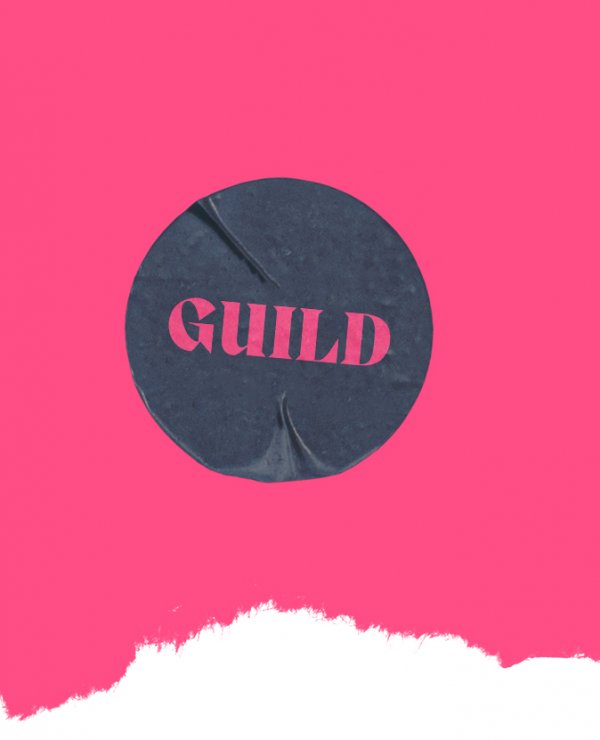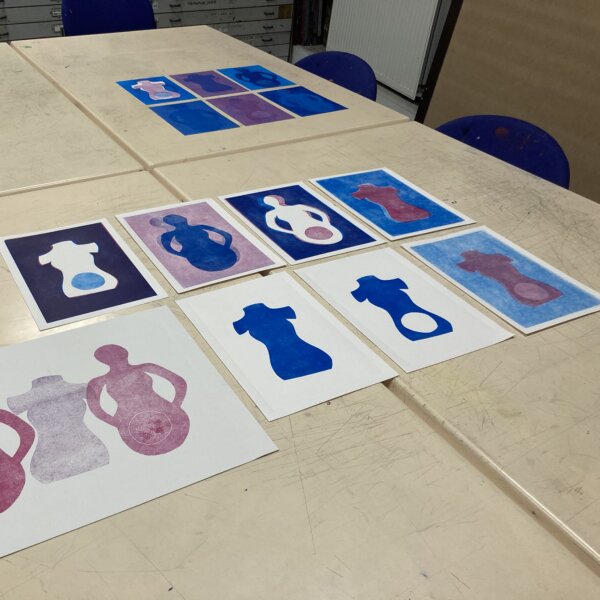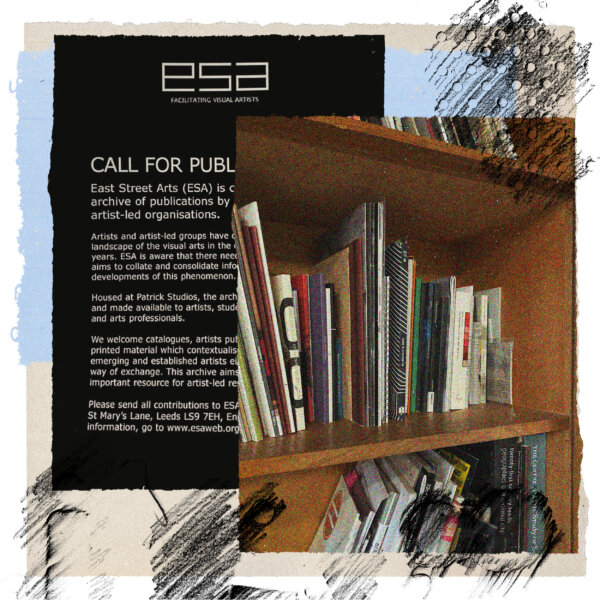Guild is an Arts Council England funded project under Sector Support Organisation (SSO). SSO programmes like ours don’t have outputs of focused work (like exhibitions, productions or commissions). Instead, we focus on supporting the sector. For us, that’s the artist-led sector. And within Guild, that includes our campaign work, public learning programme (Guild Conversations – shameless plug tickets for these are on sale today!). Also, our guild cohort, collaborative PHD, partnership work, lobbying, advocacy and research. You can read about this work here; it all happens with the primary aim to strengthen the artist-led sector and the spaces within it by making it more resilient and sustainable – a need that has become even more intensified during COVID.
On paper, our Guild Conversations as a public programme has been relatively straightforward and intuitive to announce (obviously, it’s faced the same teething problems that any announcement in any organisation may face). It’s pictures, logos, Eventbrite’s, things people can book onto or see progress. But that leaves a massive chunk of Guild’s work, the most direct of our sector support bit … unannounced?
It’s a tricky balance as an SSO. A large chunk of the activity we plan and deliver is a focused activity for an identified group of artists/organisations – in this case, the Guild cohort who applied through an open call-out at the start of the programme. And there isn’t always an obvious way to talk about this, share this or market this. Partly because lots of this activity isn’t public and doesn’t have public outcomes. So there is nothing obviously sharable like logos, videos or creative outputs. And partly because, although we’d like to offer this structured support to the entire sector, we are not at this point yet. In fact, these first four years of Guild are part of our research into how we can offer it more broadly. So, when you’re supporting an existing group of artists and their organisations only, how do you discuss it without making the sector, which already has vast inequalities, seem even more invite-only?
But I think by sharing some of our internal support achievements and upcoming work on this blog piece and future posts/publications, we want to show that a lot of the activity that underpins the artist-led sector happens quietly and isn’t talked about enough. Partly because there aren’t always obvious ways to talk about it. Partly because we all work rapidly and often responsively, which doesn’t give those delivering or receiving support time to share what this has looked like outside of collating data for funders. There is a lot more room for us to shout about the support we are giving, not just for Guild, but for East Street Arts as an artist support-focused organisation and the sector more broadly, without feeling sheepish for doing so.
Outside of annual reports and data for funders, we and many other artist support focused organisations may struggle to shout about the full range and depth of our long-term artist support because there is not necessarily an intuitive way to do so because:
This artist support is delivered to targeted or identified groups, often in line with our funders parameters.
This support is often bespoke and focused on functional skills (organisational finances, business planning, business rates) or incredibly personal to the recipient, focusing on pastoral, well-being, etc. and doesn’t have an outcome or even an obvious image.
But – and this is important – if this artist support happens quietly because we don’t always know the right language to shout about it publicly, it creates an uneven playing field. The support that we, and many other organisations, struggle most to talk about is the support that facilitates artists/organisations overcoming obstacles in the artist-led sector. And many people in the sector are trying to overcome these same barriers independently – without knowing the depth in which this support exists.
This is an issue because the isolation of working independently to tackle barriers can be intensified if you feel your peers are tackling them more efficiently than you, and you don’t know why. Often – and I speak from my own experience here – when barriers seem more challenging for you than others – comparatively, it is easy to assume the fault lies with your own abilities. It can make you feel like you are constantly on the back foot and you don’t know why- because to you, these barriers are insurmountable, and to your peers’ barriers, they are not.
Guild and other organisations focusing on artist support need to make transparent the breadth of support we provide. So that everyone working in the artist-led sector understands that this support happens and how it impacts the growth of peers and the sector more broadly. And even if they can’t immediately access the specific programme organisations are shouting about; just knowing this support exists can allows people to know it is something they can ask for, expect and be empowered to advocate for themselves receiving similar support in future.
Right now, we at East Street Arts can’t provide everyone who needs the support that we are delivering through our Guild Programme. But we see Guild as a step towards creating a sector in which this support is more readily available and that fewer people feel like they must go it alone.
Guild team member Kate West has written a blog about the support we’ll be offering the cohort, which is what I’ve been rambling on about here. Please use this and Kates blog as a tool to interrogate what is helpful for you. Ask us for a (virtual or in real life) coffee if you want to reflect on any of this, and keep checking back as we share our learnings and develop the language of how we make seen the unseen parts of artist support.
Other things!
-
News
Artist-Led Housing: Histories, Residencies, Spaces - available to buy!
Architectural researcher Dr Jonathan Orlek's brand-new publication, Artist-Led Housing: Histories, Residencies, Spaces is now available to buy.
-
News
Taipei Residency: Artist Call Out
Are you an artist using sound and audio-visual media at the core of your practice? Do you want to collaborate with communities and other artists to develop new artworks? Apply now! Deadline 12pm, Sunday 5 May 2024.
-
News
Leeds Creative Labs Follow on Fund: Herfa Martina Thompson Dr Zoe Tongue
Visual artist Herfa Martina Thompson and Law lecturer Dr Zoe Tongue first collaborated as part of Leeds Creative Labs, a programme that partners artists and academics, initiated by the University of Leeds’ Cultural Institute and facilitated in partnership with East Street Arts.
-
History
Listen to the Sounds of New Briggate
Sounds of New Briggate is our podcast series - hosted by local people, telling local stories - which celebrates New Briggate, a unique and vibrant high street in the heart of Leeds.
-
News
Artist Mohammad Barrangi’s large-scale murals come to the streets of Leeds
We're working with Leeds-based, Iranian-born illustrator and printmaker Mohammad Barrangi to bring three large-scale paper murals to the streets of Leeds.
-
Artist support
Submit your publications to our exhibition and learning library
Do you make books or printed materials on artist-led housing, live/work spaces, civic practice or living archives? Contribute now! Together we can learn.








